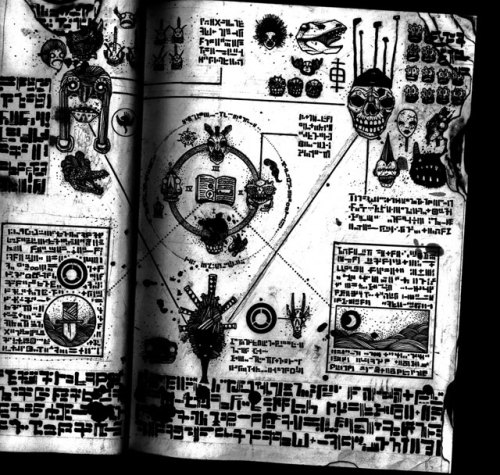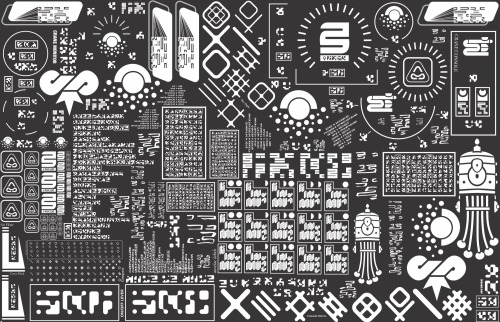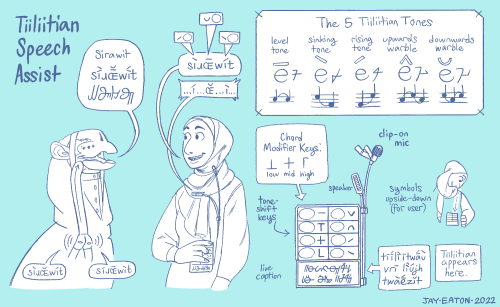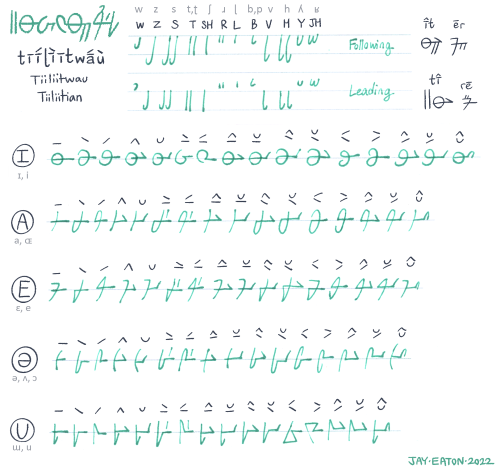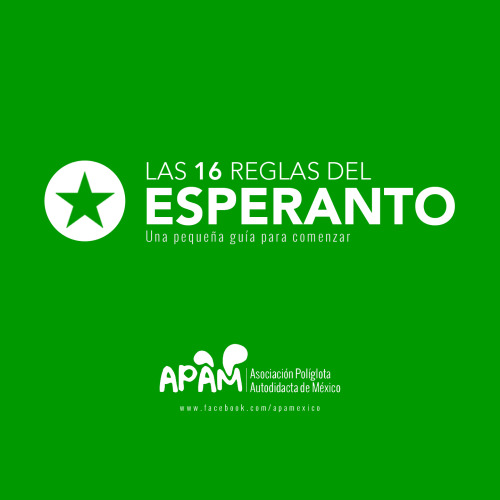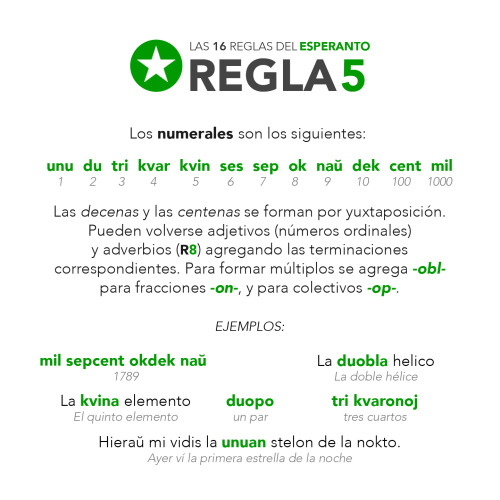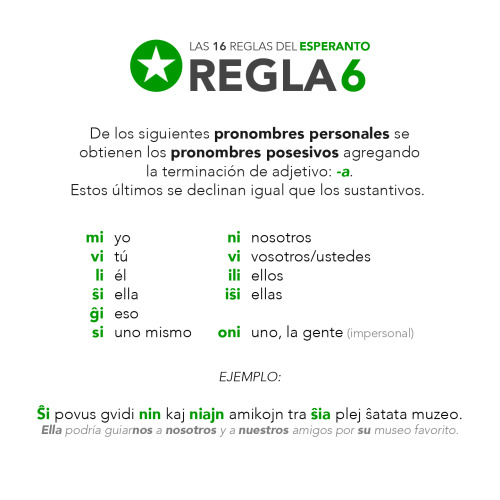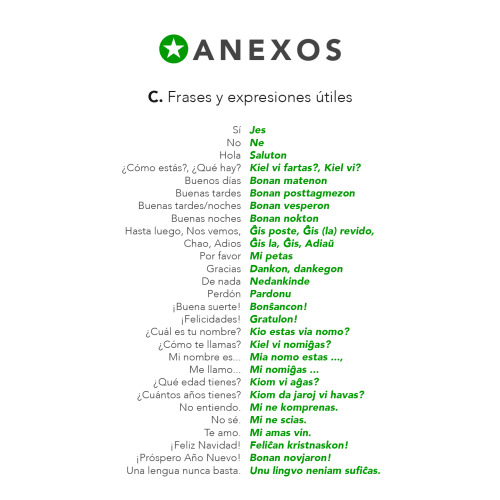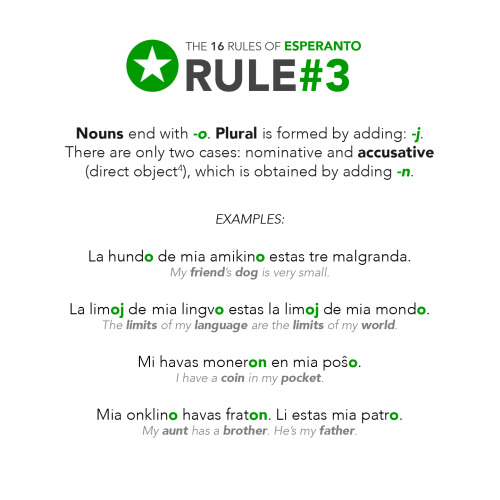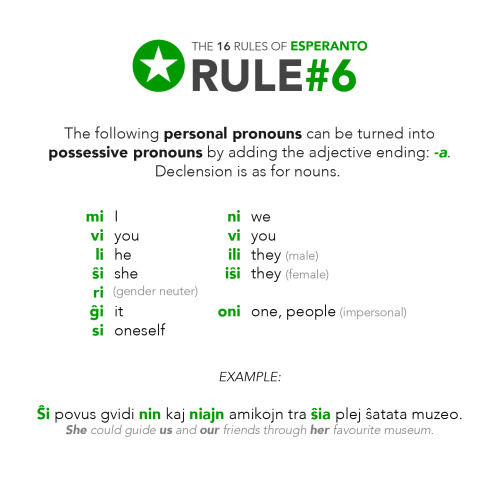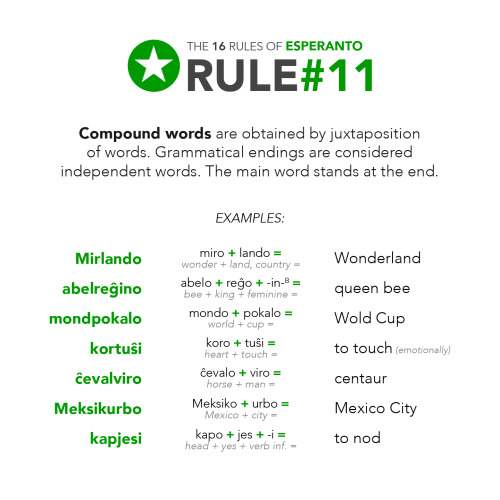#conlang
This alien alphabet was designed by Iain McCaig for Attack of the Clones – specifically, I think, for the signage around Coruscant.
Clickhere to see another alien alphabet I shared a while ago, which James Clyne designed for Rey’s escape pod in The Last Jedi.
Clyne also assigned each symbol to an English letter. McCaig didn’t assign each symbol to a letter, as far as I know, though the boxes hint that he might have categorized them somehow (or they might just be for show). There are 29 letters in McCaig’s alphabet, so it’s totally possible to assign them to different sounds if you wanted to.
Concept art: “Alien Script,” from The Art of Star Wars Episode II: Attack of the Clones, written by Mark Cotta Vaz, published 2002. Drawn by Iain McCaig.
Post link
“The Book Reveals It’s Inevitable Centrality in the Escalating War of the Three”, Road of Knives comic page 88
Post link
I recently wondered if there was a way to visualise some aspects of the phonological character of Quenya and Sindarin, and the differences between them. The following charts are based on the Namárië poem for Quenya and The King’s Letter for Sindarin. I did a broad phonological transcription for both, then ran frequency counts and relative frequencies on the phonemes. And here are some of the results!
1. Tolkien liked his alveolar stops! And whilst Quenya shows a preference for voiceless stops over voiced stops, the reverse is true of Sindarin.
Part of the reason why the Sindarin voiced stops are so prevalent is due to the extensive consonant mutation system of Sindarin. In the case of stop consonants, the soft mutation turns voiceless stops into voiced stops in certain phonological and/or grammatical environments.
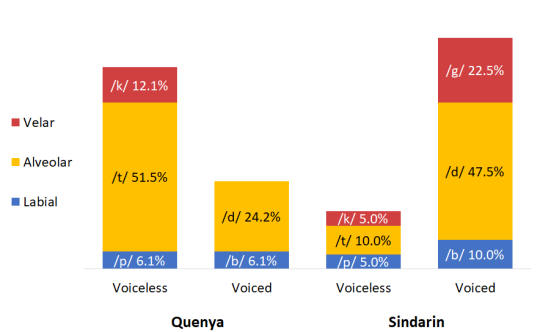
2. Both Quenya and Sindarin prefer front vowels over back vowels, i.e. /i/ and /e/ are preferred over /u/ and /o/ (the Sindarin text happened not to have /u/ at all). The low vowel /ɑ/ is the most frequent vowel in both languages.
Tolkien wrote that in Quenya, the vowel sign for /ɑ/ was often left out in writing, e.g. calma ‘lamp’ could be written as clm (using the equivalent Elvish characters, of course!).

3. Quenya seems to be more vowel-heavy than Sindarin, but Sindarin’s consonants seem to have a larger proportion of liquids, nasals and fricatives … and Sindarin /n/ and /r/ are super-popular!
Almost half of the phonemes shown for Quenya are vowels, compared with two-fifths in Sindarin. As Tolkien wrote, Quenya words more often ended in a vowel, whilst those in Sindarin more often ended in a consonant.
In Sindarin, about two in seven phonemes (of those shown in the chart) is either /r/ or /n/! In Quenya, /n/ appears about twice as often as /m/, but in Sindarin, /n/ appears about seven times more often than /m/!
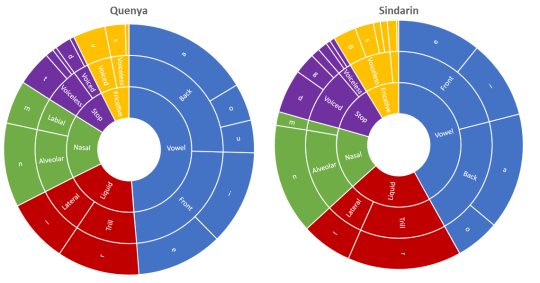
A secret vice - this was how J.R.R. Tolkien described his love of creating, crafting and changing his invented languages. With the popularity of his books and the modern film adaptations, the product of this vice is no longer as ‘secret’ as it once was – almost everyone will have heard of Elvish by now; some will have heard of Quenya and Sindarin; and a small number will have heard of more besides …
I started thinking about the theme of this post having read this article from the Guardian on constructed languages (or ‘conlangs’):
Conlangs can be used to add depth, character, culture, history among many other things, but I think that Tolkien’s invented languages are in a class apart from other famous invented languages, e.g. Klingon, Na’vi, Dothraki, Esperanto, etc.
What many people don’t know is that Tolkien’s Elvish languages weren’t ‘invented for’ the Lord of the Rings, or the Hobbit or even what was to become the Silmarillion. In fact, in many ways it is more accurate to say that these stories and legends were invented for the Elvish languages!
Tolkien’s Elvish languages began to grow at about the time of the First World War, and they continued to grow for the rest of Tolkien’s life. Tolkien gave to two of these languages, Sindarin and Quenya, the aesthetic of two of his favourite languages, Welsh and Finnish respectively. However, rather than develop comprehensive dictionaries and grammars of the Elvish languages, Tolkien approached their invention from a primarily historical and philological perspective – something that the other famous conlangs do not do to anywhere near the same extent.
Sindarin and Quenya were designed to be natural languages, i.e. languages with their own irregularities, quirks and oddities (like real-world languages) but whose peculiarities would make sense when looked at from a historical linguistic perspective. Furthermore, Sindarin and Quenya are related languages, i.e. they share a common (and invented!) ancestor. Whenever Tolkien compiled anything like a dictionary, it was more akin to an etymological dictionary or a list of primitive roots and affixes. He would build up a vocabulary using these roots and affixes then submit the results to various phonological changes (as well as language contact effects, borrowings, reanalyses, etc thrown in for good measure! Did you know that the Sindarin word heledh ‘glass’ was borrowed from Khuzdul (Dwarvish) kheled?). The result is a family of related languages and dialects.
But these languages and dialects needed speakers, and their speakers needed a history and a world in which this history could play out. Tolkien believed that language and myth were intimately related – the words of our language reflect the way we perceive the world and myths embody these perceptions and are couched in language, yielding a rich melting pot of associations. To appreciate something of what Tolkien might have felt consider the English names for the days of the week or the months of the year. Why do they have the names they do? What does this tell us about our heritage and cultural history? What does it say about what we used to think and feel about the world? Now imagine thinking like this about other words … I found out earlier this week that English lobster is from Old English lobbe+stre ‘spider(y) creature’ (incidentally, lobbe ‘spider’ provided Tolkien with the inspiration for Shelob, the giant spider from The Two Towers (or, if you’re more familiar with the films, The Return of the King)). That is the kind of philological delight Tolkien wanted Sindarin and Quenya to have, and they do (nai elyë hiruva)!
Tiiliitian is an avian alien language where any vowel can form a two-note chord pattern. To speak it, Idrisah the xenotranslator uses a keyboard device that records her voice and plays it with an altered pitch pattern. The Tiiliitian alphabet has 16 distinct tonal forms for each of its five vowels.
(Finally taking the plunge on making this an actual conlang. Grammar is next. Wish me luck…)
Post link
me: *decides to randomly log into a nearly defunct old email account*
some guy, who emailed today: Hey, so on this tripod website of yours you mentioned x about your language y?
me, having previously forgotten that website even existed: D:
D:
D:
D:
D:
D:
nooooooooooo the horror that conlang was a travestydon’t look at it please never look at it again
That moment when you discover that you have been using a metric shit ton of grammatical cases in your sketch conlang, something you actively avoided in your main conlang, without having any clue and some of them are bloody rare in natural languages.
Don’t attach all your prepositions directly to the nouns, it makes you learn tons of grammatical terms
Have at least 21 cases which includes accidentally re-creating the entire Finnish locative case system…. (halp)
Decided that Ormirå is actually just 20+ grammatical cases in a trench coat and I chose to poke it a bit.
By Grabthar’s Hammer, you will be avenged!
Grabvar ebvaratarima, idyrdrei anvejotrana lurozi!
(Grabthar 3sgPERT-INSTR-hammer, BEN-2sg PASS-do-IMN-vow vengeance)
Or… Grabthar third person singular possessive-’by means of’-hammer, for-you passive-do-imminent-vow vengeance. Ugh. Grammatical cases. XD
That moment when you discover that you have been using a metric shit ton of grammatical cases in your sketch conlang, something you actively avoided in your main conlang, without having any clue and some of them are bloody rare in natural languages.
Don’t attach all your prepositions directly to the nouns, it makes you learn tons of grammatical terms
Have at least 21 cases which includes accidentally re-creating the entire Finnish locative case system…. (halp)
WasAnne Lister’s gay code not enough for you? Good news! 12th century nun Hildegard of Bingen (also likely queer), invented Litterae Ignotae, her very own alphabet designed for writing in her own constructed language, Lingua Ignota.
You can find a glossary of many Lingua Ignota words here, and use the key above to start writing coded notes to your friends!
And if you want to know more about Hildegard, check out our podcast!
Post link
It’s for a story, so although I’m limited in orthographic choices because it has to phonetically sort of make sense to a proficient english speaker who’s never seen it before, I’m really enjoying making it! Here’s a sample in case anyone’s interested
For example:
“I love good dogs and good food.”
lɑ.ni jɑn lɛ.‘bɾɑ ʃim'o.’tɑ .un mɑ sɛ.'bɾɑ ʒu.'lɑ.ʔun
Lani yan lebrá shimotá’un ma sebrá zhulá’un
like I(nom) (animate)good dogs(3+)(acc) and (inanimate)good food(acc)
Well, do you want me to read you a story?”
/ho.ʊ dθi'i θjɑ hwɛ vo ɑ.'ʃɑi jɑn ɾɑi wɑ.dθɛ.'jɑ.ʔun nɑ/
“Hou, dthií thya hwe vo ashai yan rai wadtheyá'un na?”
Well, (inq.) want you(nom) that read I(nom) you(dat) story(acc) (indefinite)
M’athchomaroon! If you came looking for David J. Peterson’s Tumblr, you found it! Sadly, it is no longer being maintained. If you’d like to find out what I’m up to now, check one of these places:
- Website:ArtofLanguageInvention.com
- Twitter:@Dedalvs
- Old Website: dedalvs.com
- YouTube:DavidPetersonAoLI
- AO3:Dedalvs
Yes, you read right: I’ve started an AO3. Does that mean I’m writing fanfiction? No, I’m afraid not. Instead, for those who followed this Tumblr specifically for my posts on dialogue on the various shows I’ve worked on (e.g. after the episode airs I post all the dialogue with translations), you can now go there. I’ll continue those posts there, and tag the relevant fandoms in the tags. If I ever want to write something else language-y, I’ll probably do so there as well, and then I’ll tweet it out. I can’t imagine that I’ll be as active there as I was here, but it’s nice to know there’s a place I can go to put out something longer than a tweet.
As for Tumblr, it’s been amazing. From becoming Tumblr famous overnight due to reblogging a post about life hacks(yes,that literally happened), to discoursing on spoons, to now, it’s been an amazing half a decade (maybe more?). I’m still easy to find on the internet. If I come to your home town, let me know and we can say hey.
For now, though, a fond farewell from me and little Roman. Ai gonplei ste odon.

I’m deep down the conlanging rabbit hole by now, and have more or less taught myself basic linguistic theory to do it. But I’ve still never succesfully evolved one language from a proto-form. Mainly because I spend all my time reading up linguistics papers on every single aspect of the diachronic process that might be involved, which just gets me further down said hole. Fml
I see your “humans are incapable of pronouncing my very alien name” and raise you- humans are actually incredible vocal mimics with uncanny knack for xenolanguage.
In Star Trek and a lot of other franchises that deal with aliens, the aliens are pretty much homogeneous. Same language, culture, whatever. A lot of the time they look like clones of each other.
But humans maintain their diversity. I think it’s more likely that two alien species would have trouble talking to each other, but a human would be able to pick up on both languages relatively easily.
I also think that, since languages also use different rules and sounds, people who know certain human languages do better with certain alien languages.
I saw a headcannon here that people who speak Hebrew would be able to pronounce Vulcan names- but imagine how funny it would be if Vulcan was an easier leap from Hebrew than English is.
The Vulcan salutation is such an iconic feature of the Star Trek universe that it has its own Wikipedia page and was added to the Unicode emoji set (). There are many ways to build a fictional reality, and gestures are one way of doing this.
These gestures are often Emblems, a type of gesture that has a fixed form and a fixed meaning for the group that use them. Gestures are distinct from performing magic or Jedi mind tricks, which in the fictional world are technically actions. There’s also this fun paper that looks at the way people in scifi use gestures to interact with computers and technology.

The intentional use and fixed meaning of emblem gestures mean that they can take on a life outside the fictional world. For example, here’s European Space AgencyastronautSamantha Cristoforetti in 2015 on the ISS, in a final salute to Leonard Nimoy.

Perhaps the most fascinating example of an emblem gesture extending beyond fiction in recent times has been the emergency of the three fingers salute from the Hunger Games books and films. This gesture has been used in pro-democracy protests in countries including Hong Kong, Thailand and Myanmar. The image below is from the 2021 protests in Myanmar.

These examples got me thinking about emblem gestures in other fantasy and scifi worlds. A recent one that came to mind was the two fingered blessing from Emperor Cleon in the television version of Foundation. Iconic enough in-world that statues of him are positioned using this gesture. It has a long history in Greek rhetoric and Christian iconography.
There’s a rude hand gesture in P.M. Freestone’s Shadowscent books - two fingers raised in a backhanded V, which parallels the Up Yours gesture in the UK and Australia, but also fits the in-world context as the offensive act is to plug someone’s nostrils (the hight of rudeness in a scent-focused world!).
I’m sure there are others too. I’ll undoubtedly start noticing them and add them to this post! (if you have any examples, I’d love to hear from you!)
O i-tamaru tahka-pa; O ignika va vamu ga vokoya mya-pa
We are such stuff as dreams are made on; and our little life is rounded with a sleep. (Tempest IV.i..156-158)

(Largely inspired by Octolings, pop culture depictions of atheists, and medieval Indonesia. The name Nandegakko was derived from a random Japanese comment in a video about wrestlers.)
Here is a picture of a Nandegakkovian boy and girl: they can be told apart from other Igarins by their red hair and fierce tempers. The boy is a scholar, studying ancient records, and the girl is a warrior, trained to fight with the bow and knives. Nandegakko’s culture is a nation of scholars dedicated to preserving (and improvising) the histories and myths of the Galaxy; and it is also a nation of warriors who defend the innocents of the Galaxy from total slaughter and extinction. Either way, they Nandegakkovians celebrate their ancestors and the Resparin culture from which many of them were descended from.
Behind the duo are two symbols of Nandegakkovian culture. The diamond tree is the republic’s national flower, its glowing mineral-like fruit symbolic of the knowledge and creativity gifted to its people. Next to the tree are two blue sails, sacred emblems to the sea god Sailachro: although he is only worshipped by a minority of religious people, his symbols pervade Nandegakkovian society. In spite of their lack of belief, many Nandegakkovians respect sea turtles, symbols of their beloved ancestors.
To other people in the Galaxy, even among the most devout traditionalists, the Nandegakkovians seem archaic and backwards in terms of attire and speech, even as their technology is very advanced: their culture was derived from a mixture of Resparin traditions with Igarin society from a thousand years ago. Their anarchonistic attire makes them seem odd when contrasted against their technological advancement.
The text reads:
Red turtle: úrsida (turtle)
White octopus: NÁNDA DÁNDA DÉRATE (Knowledge is the greatest power)
The boy: naskuóče (scholar)
The girl: zónesa (warrior woman)
====
Nandegakko, a culture from a tropical terrestrial planet along the southern part of the Galaxy, is known for its rather distinctive culture. It is one of several cultures that are atheistic, in that its people do not believe in or worship any gods, an exception in a Galaxy where nearly everyone worships many gods. Yet its people have a strong love for mythology, tradition, and knowledge: they risk a thousand deaths to retrieve the most mysterious and obscure archive in the furthest place, and they immerse themselves in a hundred themes revolving around their legends and heroes.
The rest of the Galaxy sees them as naive and reckless, without any gods to save them from their eventual doom as heretics. But to some people, especially those whom they protected fiercely, the Nandegakkovians are seen instead as protectors. Whether they were preserving and sharing the secrets of the past to all, or defending and liberating the peoples of the Galaxy, the Nandegakkovians are even viewed as instruments of the gods, even as the latter do not worship them.
Some also consider them - with their creativity and their love of knowledge - to be the servants of Odin!
Christmas words in alien languages 1
K - Kuelgon
N - Novantirna
Christmas
K - Grystamehs [ˈgrystämɛxs] (Birth of Jesus)
N - Hristařez [ˈxristad͡rez] (Day of Jesus), Krismas [ˈkrismʌs]
Yule
K - Jôleriz [ˈjoːlɛriz], Jauloridz [ˈjau̯lɔrid͡z], Jorliz [ˈjɔrɪlz]
N - Drondai [ˈdrondai̯] (the Wild Hunt), Jôlniz [ˈjoːlniz] (Holy Day of Lord Odin)
Twenty-fifth December
K - Zâjoleiq-rri lêzqa-zuesqyn [zaːjoˈleɪ̯qrːi ˈleːzqɒzwɛsqyn]
N - Dîsembra taihokna [diːˈsembrʌ ˈtai̯xoknʌ]
Yule is observed in the Novantirna culture as one of several festivals. Because Odin is a popular god in the Novantir religions, the festival of Yule has been reinterpreted as a crusade against demons.
Although the Freyrgardian humans were afraid of going out at Yule out of fear that Odin’s Wild Hunt would kill them, the Novantirnas are not afraid. They openly celebrate and praise the Lord of Knowledge on those days by holding mock battles and bonfires: and in many of these mock battles, the poorest people sign up to earn a chunk of money from the authorities - whether their team wins or loses, they still get the cash prize for their livelihoods anyways.
Novantirna Yule is also like Halloween, as younger Novantirnas wear costumes of monsters and even host fashion contests. The winner is given a cash prize, and they and their contestants are praised as being “inspired by Odin”.
Yesterday a small glitch caused the Duolingo servers to let everyone into all the courses Duolingo has been working on, even the ones still in the incubator! You could try them like any other normal course.
It even has Conlangs like Lolcat, Zombie, Dothraki, and more
Post link
¡Feliz día del esperanto!
Hoy hace 155 años nació el creador de esta maravillosa lengua y, para celebrarlo, la APAM hizo una pequeña guía para comenzar a estudiarla, ¡es GRATIS!
Ver versión completa odescargar
Post link
Happy Esperanto (or Zamenhof’s) Day!
Today, 155 years ago, the creator of the amazing language was born. To celebrate it, APAM made a brief guide to start studying it, it’s FREE!
See Full Version or Download PDF
Post link


